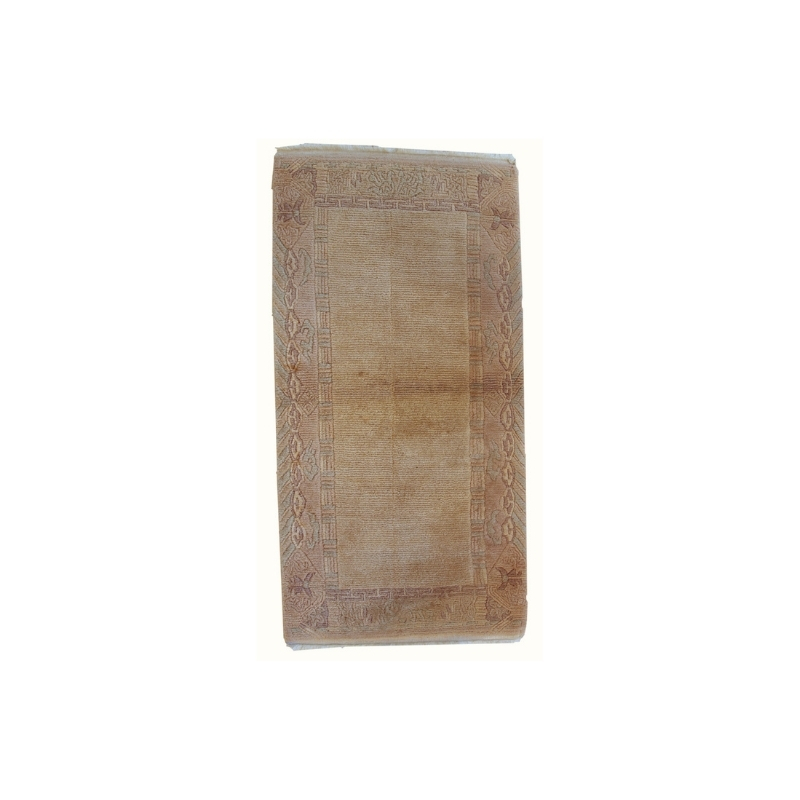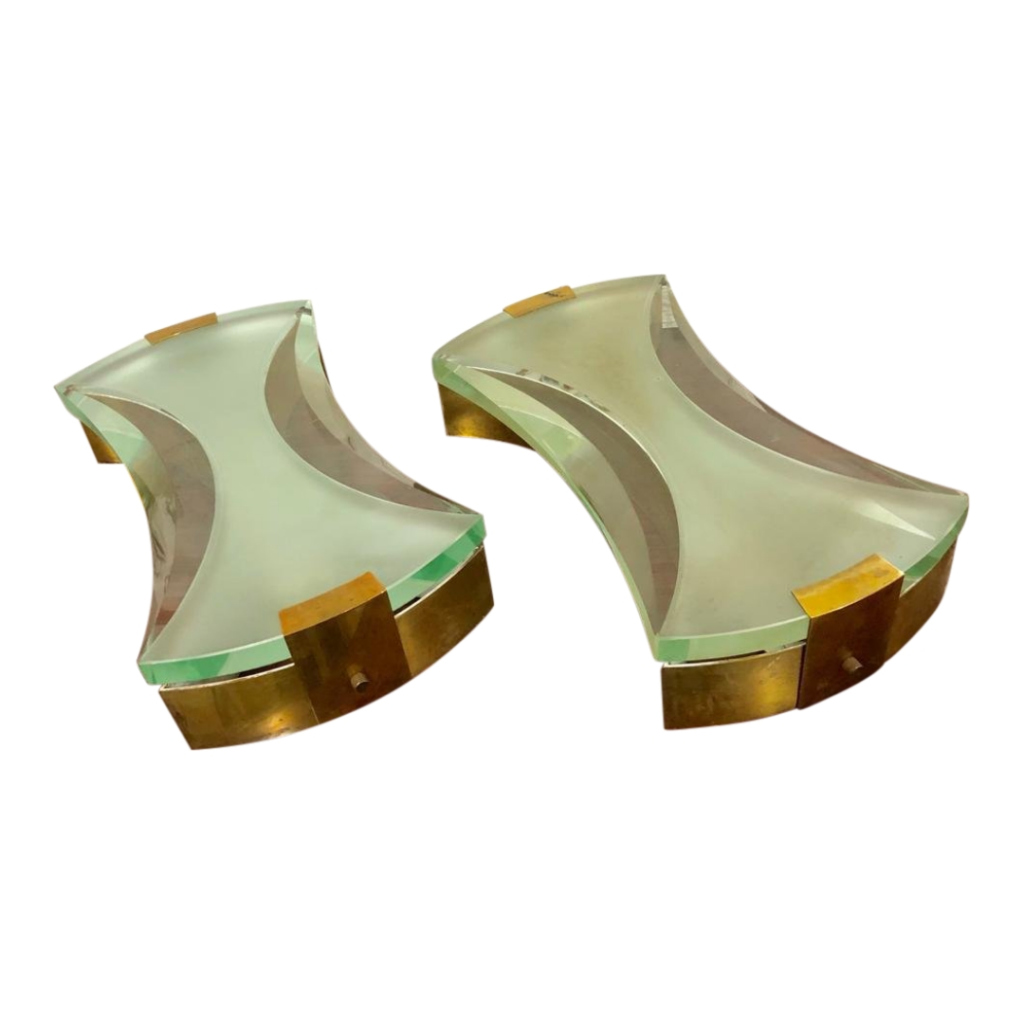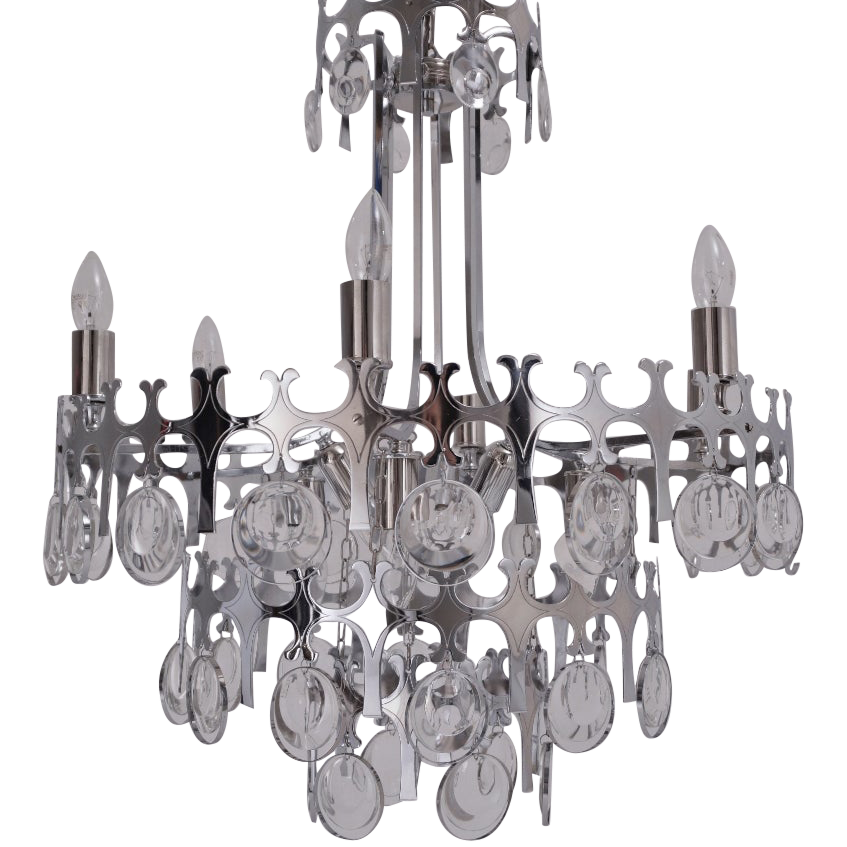SDR
you are going directly to my collective points. Of course anyone can call a crafts person an artist. But those of us mucking about in these related fields should have a special interest in wanting clarity of definitions. I have every right to call your foot a basketball, but it does not make it true and it certainly doesn't help anything by saying it. The only reasons that I can see to call craft, design or anything else well done art, is to compliment it and bolster it's cache. Doing this implies that art is superior to these other things. Being a crafts person yourself, I would hate to see you demean what you do buy placing art in a higher realm. The fact of the matter is that art, design, and craft are all different things. The fact that they borrow ideas and techniques from each other does not change that. Even the existence of bridging works doesn't change that. The fact that they are bridging works confirms that there are two distinct thing being bridged. A work can be both art and craft together, But they never morph from one to the other that I have seen. As I see it, anything well done other than art being called art is a trope of language, not a definition.
Design rules! Craft rules! Art rules! Lets not inadvertently play a ranking game.
Oy, my soap box is teetering. I feel dizzy.
Thanks.
"There is a price ceiling for craft objects, one that is securely rooted in the value of labor." That is far from true; check auction prices for Nakashima -- or Tiffany glass, for that matter -- or gallery prices for Dale Chihuly.
Or do stratospheric prices turn "craft" into "art" . . . ?
The differences between art, craft, and design have much to do with intent and the nature of the commission, and little to do with the resulting object -- it seems to me. A painter "designs" his subject as he lays out the canvas; a craftsman applies his artistic sensibilities from the moment he begins to choose grain patterns; a designer becomes a craftsman when he puts pen to paper or makes that first Foamcore model. The disciplines are almost without borders -- so why is there a magazine or a museum devoted to Craft, and others to Art or to Design ? Merely to conveniently address the intention of the work -- or the training of the maker, or classification based on market ?
Leslie's tables are indistinguishable from furniture featured in issues of American Craft or Fine Woodworking, in my experience. He implies, above, that the label "art" brings a potentially higher price tag -- something to "dream" of. Who will decide which category these objects belong to -- a gallery owner or magazine publisher ? The artist ? The community at large ?
Isn't a collage a work of craft -- and design -- and art ? I'm not sure what asking these questions implies, and I have no agenda (and no argument with anyone in this discussion). I'm merely asking. And I assume others must have had this discussion many times before -- I've just never been at that table myself, til now . . .
It's largely semantics and entirely subjective.
The subject has been and will always be debated ad nauseum. We may as well ask what differentiates "good" art/design/craft from bad.
For myself, I like art that "speaks" to me and artists that don't.
The only logical conclusion to be drawn is that if the maker labels his product as "art", then it must be so, whether or not anyone else agrees. If enough find it desirable, the item(s) will accrue value and market forces will determine limits.
*smirks*Perhaps you...
*smirks*
Perhaps you could say that when something is concieved it is uncategorized in the mind (today I'm going to think of some ..Art...!)) but its only in the recpetion that the trouble begins, I'd agree with tktoo and think that the museum curator knows their stuff and anyway would trust the average (schooled in fluent claptrap or not) observer to see through the craft as art ruse that Leslie and others attempt.
You need to step out of yourself and accept other people judgements about what you do, its usually unbiased, more so than ones own opinion anyway and at the end of the day its their opinion that counts.
Sorry Tktoo the *smirk* was intened for the pre-edit post, no offense meant
Sounds right.
I was told once, centuries ago, that it used to be that an artist would await the judgement of others -- even to the matter of whether the maker was indeed an artist. In other words, one didn't call oneself an artist. Those days are clearly gone (if indeed they ever existed) -- no offense intended to Leslie or any other individual !
tktoo
"The only logical conclusion to be drawn is that if the maker labels his product as "art", then it must be so, whether or not anyone else agrees."
Then it should follow that I now do call SDR's foot a basketball, and because I call it one, it is. If he should break it, he would reasonably want to consult with a basketball manufacturer to see what can be done about it. Your statement above is one of the many tropes of language that I was referring to, along with many others like art is subjective (Very little if at all in its definition I maintain. I think this statement is more commonly applied to evaluating individual art works, however) or SDR's idea that a bystander decides who is an artist. If we can define baker, or shoe, or most other things, I see no reason why we can't define who is an artist and what art is. Evaluating the merits of produced works is another can of worms all together. We could easily have another looooog thread devoted to how we evaluate design, art, and craft works. Thanks.
Excellent reference
But in understanding why he called it that, you will see that it is not at all a case of "because I said it is". After the invention of photography crushed the understanding of what art was by killing off the quest for realism (which was one of the main drivers of art), Artists and others spent more than a hundred years trying to redefine the term. I consider Duchamp to be perhaps the greatest artist of the 20th century because he asked more different and varied and deeply probing questions about the definition and limits of art in his collected works than anyone I can think of. This work is only partly "it is art because I say so.". The rest and overarching message is "Can something be art by changing it's context?". He takes the urinal from the bathroom and displays it in a gallery. He effectively ruined it as a urinal (no one would use it in the gallery) and transformed it into a physical object to be considered for its own inherent properties with the function effectively removed. This entire exercise was done to push and help clarify the boundaries of what is art in a post photography world. And it was wildly successful at making that point. You are only focusing on "the hook" an artist uses to draw viewers into a work, with out asking Why. These works of Duchamp spun off generations of artists who continued to push at the limit of what art could be. These are some of the most famous works out there, and also the most difficult for most folks to deal with. All you have to do is ask why and it is revealed as a definitional question. It is far from merely "it is art because I said so. Thanks
The whole thing
is like how I view basketball. On a initial level I see a bunch of overpaid grown men chasing a ball around like a bunch of kids. Even though my personal prejudices spoil it for me like that, I have taken the time to understand what others see in it, and found the grace, power, strategy, and teamwork there. I ask you to do the same here.
That is totally fine
The type of art that is definitional to the field is not everyone's favorite for sure. The extreme absurdist nature of these works stops a lot of folks from wanting to dig deeper to see what is up. It seems you are in that camp and that is totally cool. I was not asking you to like "Fountain". I just happen to see many of these works as hysterically funny, and that is what prompted me to dig deeper. And I was being part of a conversation that was partially about the definition of art. As I see it, works like "fountain" are actually important to that discussion. No sweat either way, eh?
Thanks for your understanding.
For the record, the Duchamp gallery at PMA is one of my favorite places. I especially love to witness the reactions of unsuspecting visitors after they've stumbled upon his "Etant donnes".
I went in to the Boston MFA last week to see the Chihuly show. I thought the installation was impressive but, sometimes, more is not necessarily better.
If you need any help, please contact us at – info@designaddict.com









